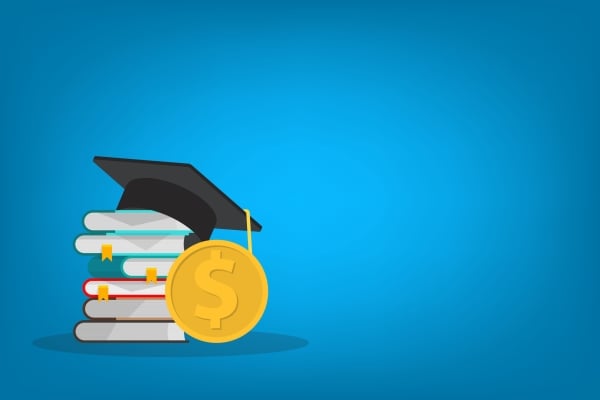PaperFox/iStock/Getty Images Plus
Few institutions are slower to change than the legal profession and higher education. But a remarkable transformation is happening across law schools nationwide—most are now allowing students to earn money and academic credit for field placement work. And they have the American Bar Association to thank for it.
While the concept that people with specialized skill should be fairly compensated for their work might not seem like a revolutionary idea in 2024, it is. Professional schools across disciplines require that graduate students complete a certain number of hours of experiential education in internships. And almost universally, graduate schools place them in unpaid field placements.
Social work students, who must complete at least 900 credited internship hours, have begun organizing to protest these norms. According to a 2020 study, social work students in the U.S. cumulatively contribute 123 million hours of unpaid field placement work by the time they graduate, the equivalent of more than $1 billion in labor. The students are getting paid through their learning, or so the theory goes.
But this theory is based on a higher education paradigm of an earlier era —when graduate students were financial dependents of their parents and the cost of education was manageable. Educational institutions have opened their doors to more diverse students but have been reluctant to adapt to an influx of nontraditional students who do not have parents to support them and may themselves be supporting their parents.
In the face of widespread opposition by the legal academy, the ABA, which accredits law schools, lifted a long-standing prohibition on paid student externships for credit in 2016. Opponents predicted irreparable harm to the quality of experiential legal education, arguing that allowing students to be directly paid for credit-bearing field placements could undermine their educational value. But those who adopted paid policies early have not regretted it. In fact, a published empirical examination on paid legal externships found that they were just as good as, if not better than, unpaid ones.
The ABA recently doubled down on its position. In August, the ABA House of Delegates adopted Resolution 514, pushing law schools that have not lifted their bans on paid externships to do so. It also urged legal employers to actually pay students, noting that such compensation promotes “a culture of respect for student labor.” Since many legal placements are at for-profit institutions, or government and nonprofit organizations with sizable budgets, the ask is not unreasonable.
As more employers recognize that pay is essential to attract and retain diverse talent, law schools are falling in line. In its third survey report on this issue (which I co-authored), the Clinical Legal Education Association (CLEA) found that, in 2023, 57 percent of responding law schools allowed paid externships, up from just 34 percent in 2018. And nearly one-third of others were considering changing their policies.
But not all students are benefiting from these liberalized policies. Regional norms vary widely, with upward of 71 percent of Pacific Coast and 86 percent of Southwest and Upper Plains law schools allowing pay, compared to fewer than 40 percent of law schools in the South. And it’s not just students in the South being left behind. Students at tier-four law schools are now the least likely to benefit from policies that allow for paid field placements, with little momentum toward reform.
At the heart is a perception problem that allowing pay is distasteful and will cause reputational damage to the law school. And with curricular reform generally requiring faculty approval, many program administrators have little leverage over law faculty largely out of touch with their students’ economic realities. Given the rapid pace of change and mounting positive evidence, this ABA resolution might finally push some law school administrators off the fence.
Even with more flexible policies, only six law schools responding to the 2023 CLEA survey said that a majority of their student externs receive pay. But the paradigm can shift, and relatively quickly. I direct the legal externship program at the University of Baltimore, where—through a combination of direct pay and state public service funding—87 percent of our fall 2024 law school externs are paid. And we only lifted the ban on pay two years ago. Both students and employers report that pay is improving the quality of work and leading to more long-term jobs.
With the ability to earn money doing legal work by day, students are able to study at night rather than start their DoorDash shifts. And students with more time to study should make all professors sleep better at night.


